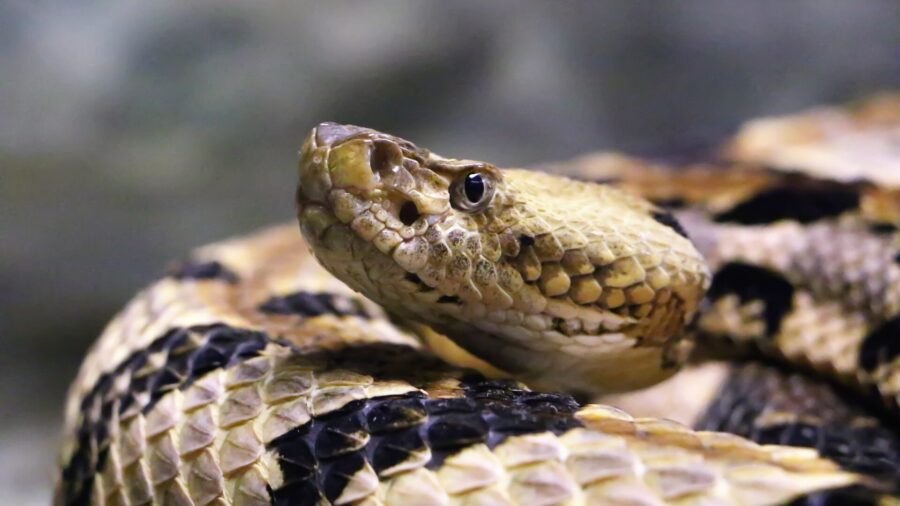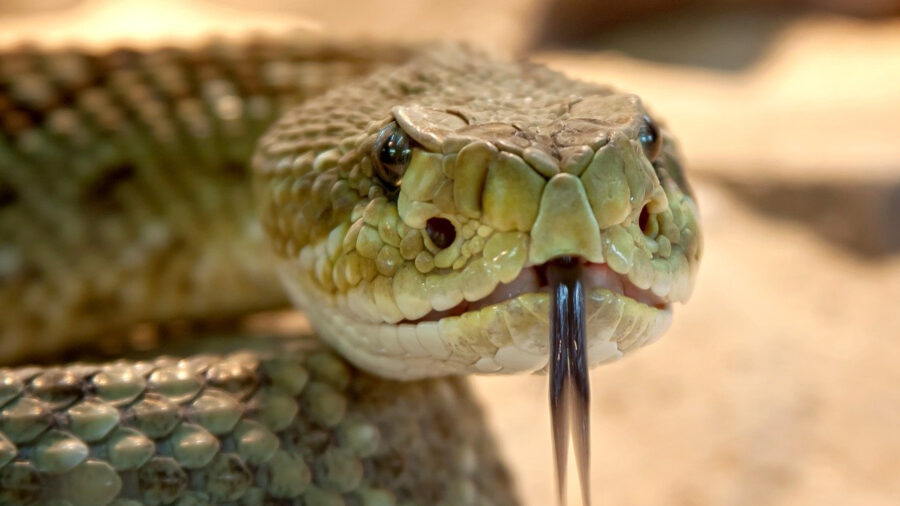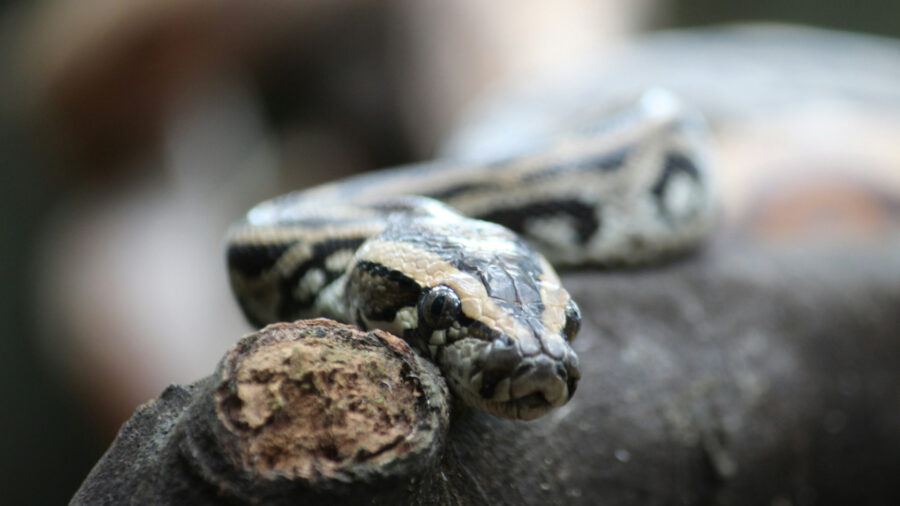Rare Snake Hatches From Groundbreaking Reproduction Tech

One of the rarest snakes in North America just might have a chance to flourish in the future following a groundbreaking reproduction procedure. A conservation team at the Memphis Zoo has managed to hatch three Louisiana pine snakes using cryopreserved sperm and artificial insemination, a process that had been decades in the making. In what has been described as a “world-first” for any reptile species, the procedure points to the possibility of this reproductive technology being used to preserve a number of endangered species in the near future.
The Memphis Zoo’s Reproductive Breakthrough
On August 27, the Memphis Zoo announced that three separate Louisiana pine snakes hatched from a process that relied on over three decades of research and development. In a press release, Beth Roberts, a senior reproductive scientist at the Memphis Zoo, noted the importance of their breakthrough. “The emergence of these three hatchlings summed up five years of reproductive research and 30 years of Memphis Zoo’s use of cutting-edge science and dedication to save the Louisiana pine snake from extinction,” said Roberts.
30% Success Rate Is A Massive Accomplishment

In order to achieve their groundbreaking success, the team of conservation researchers collected a semen sample from a male Louisiana pine snake donor and froze the sample until the procedure was ready. Once the team was ready, they thawed the semen and inseminated two female snakes. Between the two female snakes, they laid a total of 10 eggs, five of which were considered fertile.
In the end of the process, three of the five fertile eggs hatched. The Memphis Zoo then confirmed that the Louisiana pine snake hatchlings were from the male donor’s sperm, which ruled out the possibility of parthenogenesis, a condition in which female snakes can reproduce without males. While a 30% success rate may seem low, the reproduction procedure has been declared a success, offering hope into further research and conservation efforts of endangered animals.
The Benefits Of Biobanking

“This successful production of offspring using artificial insemination and frozen-thawed semen in an endangered snake species demonstrates the potential use of biobanking and assisted reproductive technologies (ART) in reptile conservation worldwide,” the scientists said in the press release.
Biobanking is a process that sees the preservation of genetic material such as sperm and eggs. With the groundbreaking success of this new reproductive procedure, the possibility for preserving the genetic diversity of other endangered reptiles has greatly increased.
Pine Snakes Can Potentially Be Saved

According to the U.S. Fish & Wildlife Service (FWS), the Louisiana pine snake, also known as Pitouphis ruthveni, is an egg-laying, non-venomous constrictor that primarily hails from western and central Louisiana and eastern Texas.
The FWS describes the snake as a burrowing snake, spending most of its time underground throughout both the daytime and at night. In 2018, the FWS listed the Louisiana pine snake as a threatened animal, with a designation of possibly becoming endangered very soon.
Conservation Groups Are Doing Their Part

The Memphis Zoo and other conservation groups have worked on replenishing the Louisiana pine snake population for years. The zoo has been breeding and releasing Louisiana pine snakes into the wild in an attempt to increase the species’ dwindling numbers. In July 2024, the Memphis Zoo announced that 114 Louisiana pine snake eggs had been laid this year, with 94 of those eggs hatching.
Source: Memphis Zoo













